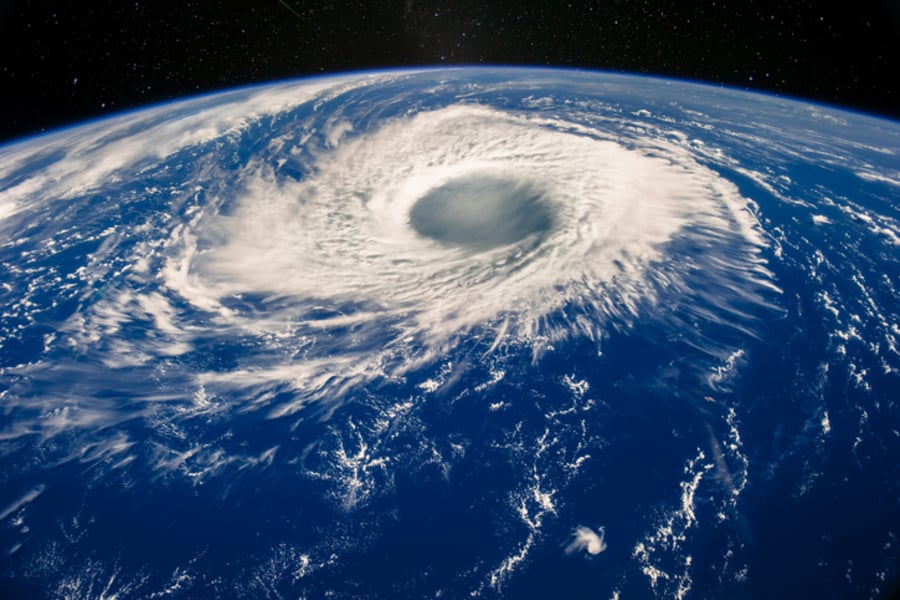
The Surge of Catastrophe Bonds: Opportunities Amidst Market Volatility
As of 2025, the catastrophe bond market has experienced remarkable growth, with issuance reaching $15 billion, marking a 15% increase from previous years. This surge is primarily driven by the increasing frequency of natural disasters and the need for innovative risk management solutions in the face of climate change.

Key Drivers of Growth
The rise in catastrophe bonds can be attributed to several factors:
-
Increased Natural Disasters: The frequency and severity of natural disasters have prompted insurers and investors to seek alternative financing solutions. Catastrophe bonds provide a mechanism for transferring risk from insurers to the capital markets. According to ARTEMIS, the significant rise in catastrophic events has highlighted the necessity for a robust financial buffer against such unpredictable risks.
-
Higher Yields: With current expected yields around 11%, catastrophe bonds offer attractive returns compared to traditional fixed-income securities. This yield is based on a spread above cash rates, making them appealing for investors seeking higher returns in a low-yield environment. The appeal of such yields is particularly pronounced as global interest rates remain low, drawing investors to seek out alternative assets that promise better returns.
-
Low Correlation with Traditional Markets: Catastrophe bonds exhibit low correlation with other financial markets, providing diversification benefits for investors. This characteristic is particularly attractive during periods of market volatility. As highlighted in recent analyses, the uncorrelated nature of catastrophe bonds can act as a stabilizer in diversified investment portfolios, allowing for better risk management amid uncertain market conditions.
Investment Appeal
Investors are increasingly turning to catastrophe bonds for several reasons:
-
Risk Management: These bonds allow insurers to manage their risk exposure effectively while providing opportunities for investors to earn returns that are not directly tied to market fluctuations. The distinctive structure of catastrophe bonds, where payouts are triggered by specified catastrophic events rather than traditional financial metrics, provides a unique risk-return profile.
-
Portfolio Diversification: The uncorrelated nature of catastrophe bonds makes them an excellent addition to diversified portfolios, helping to mitigate risks associated with traditional asset classes. As institutional investors and funds seek to balance their portfolios against market volatility, catastrophe bonds are emerging as a viable option.
-
Climate Resilience: As awareness of climate change grows, investors are more inclined to support instruments that contribute to climate resilience and disaster recovery efforts. The dual benefit of obtaining returns while contributing to societal resilience against climate-related risks is becoming increasingly attractive to socially responsible investors.
Conclusion
The catastrophe bond market's growth in 2025 reflects a broader trend towards innovative risk management solutions in the face of climate change. As investors seek higher yields and diversification, catastrophe bonds are poised to play a crucial role in the evolving landscape of fixed-income investments. Investors and stakeholders should remain vigilant in assessing the risks and opportunities presented by this dynamic market segment.
In a world facing escalating natural disasters and financial uncertainty, catastrophe bonds not only offer a promising investment opportunity but also play a pivotal role in fostering resilience against climate adversities for communities and economies alike.
Investors are encouraged to conduct thorough due diligence and consider their risk tolerance as they explore the potential of catastrophe bonds in their investment strategies. By leveraging the insights presented in this evolving market, stakeholders can better navigate the complexities associated with both financial returns and societal impacts.
For more in-depth information on the growth of catastrophe bonds, visit ARTEMIS.